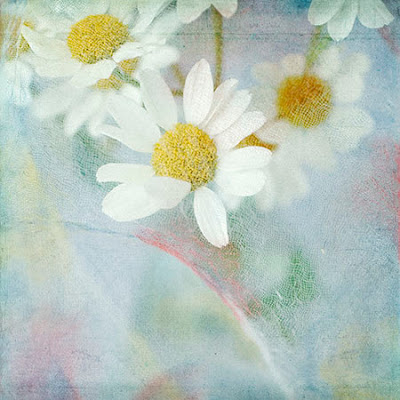
It is almost the end of peony season, my favorite time of year in the garden - the peonies, herbaceous poppies, iris are over for another year. I know there are wonderful flowers to come, the daylilies and phlox and daisies and of course the dahlias but I am always sad when the great June flowers are finished. And we have passed the summer solstice so days are now going to grow shorter
But the garden is reliable, it will bloom again next year. And my peonies bloom on in my photographs.
I wanted to talk about bringing work to galleries for review or jurying. I am on the jury committee of the Walpole Cooperative Gallery and see so many artists who hurt their chances of acceptance by their presentations. So I thought I would share a few tips:
1. Check out the gallery or shop well. Does your work fit with the work shown? Is is redundant with a lot of the work there. You need a space with a similar esthetic to yours but a space where your work will be unique and add to the blend. Find out the gallerie's polieies both for submitting work and for commission. Is the commission so high that it would make your work too expensive to sell?
If there is a process for submitting work follow it carefully.
2. Be confident and proud of your work. I have had artists come in and ask ME which things I thought were good, even criticisizing their own work. This is NOT the time for a critique. I am not going to want your work if you don't even like it.
3. Bring in a current, cohesive body of work. I want to know what you are doing now, I am not looking for a hodgepodge of work you've done over the past twenty years. Show me one or two strong series.
4. Presentation is very important. At our gallery we want to see the art ready for sale, framed, on jewelry displays, tagged and priced. We recently had an artist come in with necklaces in plastic baggies, expensive necklaces she was asking $600 and more for. We were really shocked that she brought them in in baggies. She was not caring for or respecting her work.
Some galleries and shops initially prefer a book of photographs - it should be beautiful and elegant. If the gallery want a disc of work provide that but also some hard copies to wet their appetitite. If they ask for an artist statement and/or resume provide these. Even if you have little to add to a resume prepare something that shows your history with the medium.
5. Be polite of course and don't call and ask for updates, the process can be slow.
If you are not accepted don't make a fuss or argues about it. We have accepted people who have applied a second time but those who were hard to deal with are remembered, we know we don't want to work with them!
I hope this helps! Applying to a gallery can be scary, everyone gets rejected at times. But a local gallery can be a great source of income and artistic support.

 I am very fond of alliums and am a great fan of the huge spring varieties especially Globemaster.
I am very fond of alliums and am a great fan of the huge spring varieties especially Globemaster.



















































